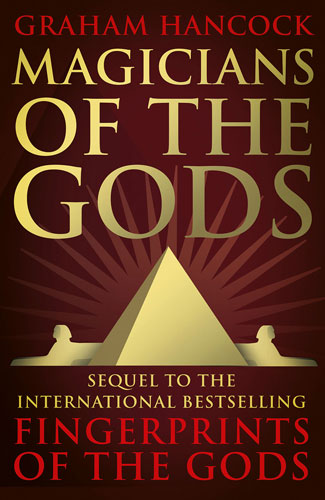News Desk
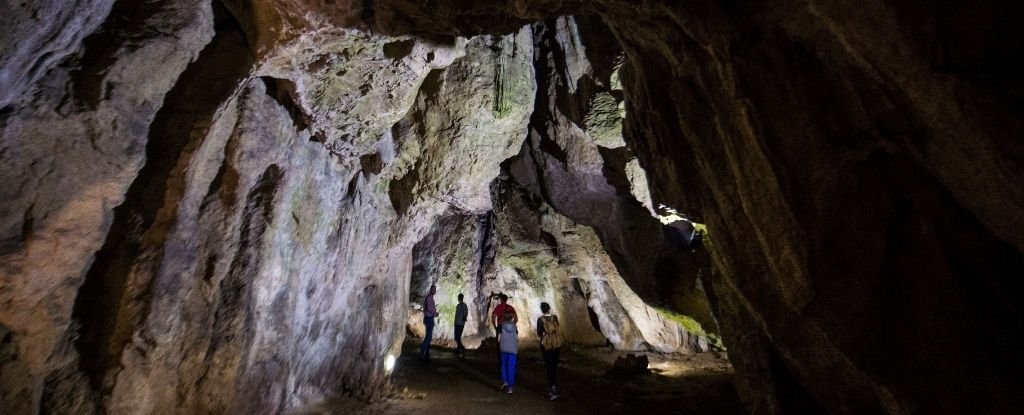
Last year, a genetic analysis of bone fragments representing our earliest known presence in Europe raised a few questions over the steps modern humans took to conquer every corner of the modern world.

New measurement of fundamental particle of physics after decade-long study challenges theoretical rulebook in scientific ‘mystery’.

A tsunami 3800 years ago devastated the coastline of Chile and encouraged hunter-gatherers to move inland, where they stayed for the next 1000 years.
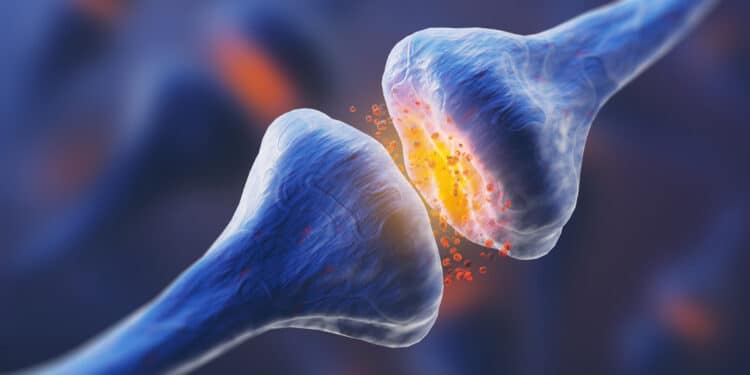
The psychedelic substance psilocybin causes transient changes to the sleep-wake architecture of laboratory mice, according to new preliminary research published in Translational Psychiatry. The findings provide new details about how the drug impacts sleep-related brain activity.
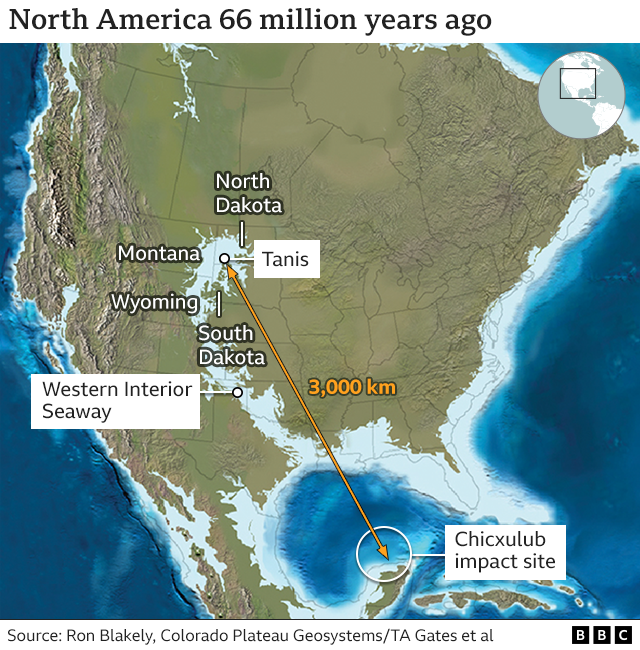
Scientists have presented a stunningly preserved leg of a dinosaur. The limb, complete with skin, is just one of a series of remarkable finds emerging from the Tanis fossil site in the US State of North Dakota.
The super-distant galaxy could have either a supermassive black hole or a nursery of incredibly quick-forming stars.
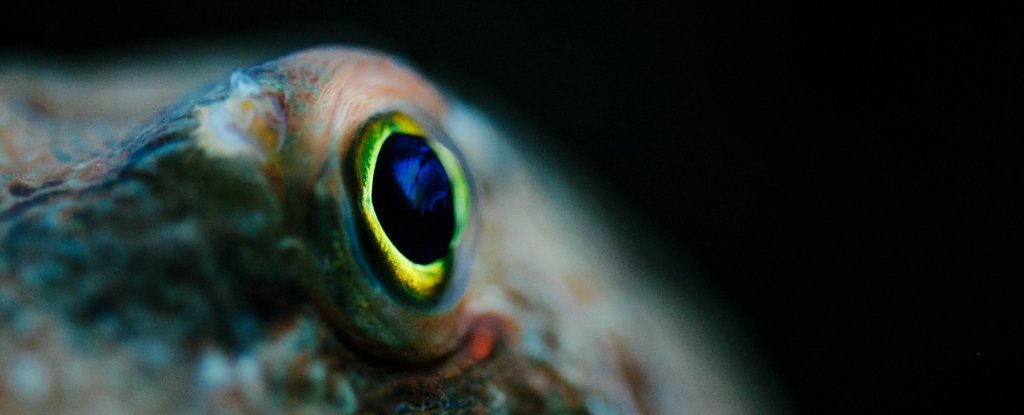
The discovery of octopus communities came as a surprise to biologists who have long described octopuses as solitary animals that interact with others in three specific contexts: hunting, avoiding being hunted, and mating.

Buried in forest litter or sprouting from trees, fungi might give the impression of being silent and relatively self-contained organisms, but a new study suggests they may be champignon communicators
A stunning array of new fungi has been described for the first time on the Polynesian Island.

Scientists have observed an enormous planet about nine times the mass of Jupiter at a remarkably early stage of formation – describing it as still in the womb – in a discovery that challenges the current understanding of planetary formation.
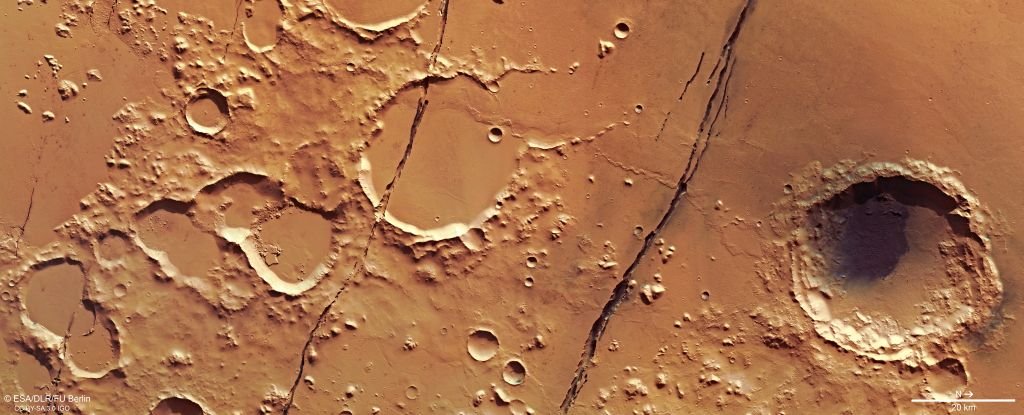
It turns out that Mars is rumblier than we knew. New techniques have revealed previously undetected quakes beneath the Martian surface – and, scientists say, the best explanation so far is ongoing volcanic activity.

The findings, published March 28 in Frontiers in Psychology, reveal that higher ratings of mystical-type experiences, which often include a sense that everything is alive, were associated with greater increases in the attribution of consciousness.
Image from: Air article (Wiki Commons)

Neandertal populations in the Iberian Peninsula were experiencing local extinction and replacement even before Homo sapiens arrived, according to a study published March 30, 2022 in the open-access journal PLOS ONE by Joseba Rios-Garaizar of the Archaeological Museum of Bilbao, Spain and colleagues.

The most distant star ever seen has been captured by the Hubble space telescope in images that appear to give a remarkable glimpse into the ancient universe.

Helium-3, a rare isotope of helium gas, is leaking out of Earth’s core, a new study reports. Because almost all helium-3 is from the Big Bang, the gas leak adds evidence that Earth formed inside a solar nebula, which has long been debated.
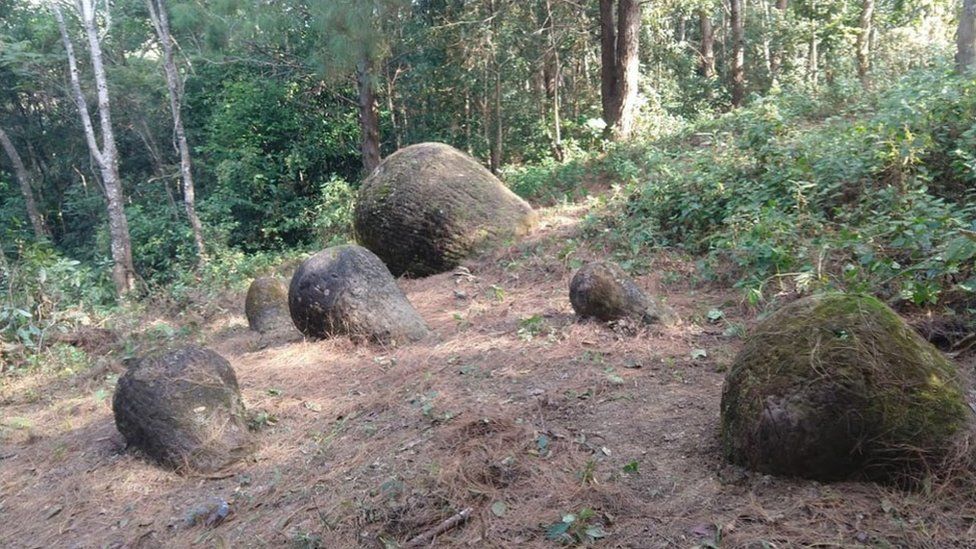
Researchers have uncovered giant “mysterious” jars in India that may have been used for ancient human burial practices.








